
-
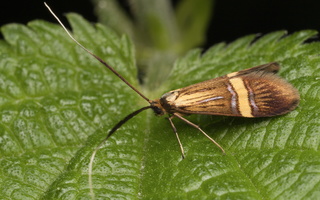 Adelidae · ilgaūsės makštinės kandys
Adelidae · ilgaūsės makštinės kandys
-
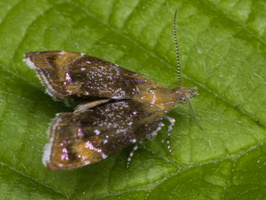 Choreutidae · baltadėmės lapsukinės kandys
Choreutidae · baltadėmės lapsukinės kandys
-
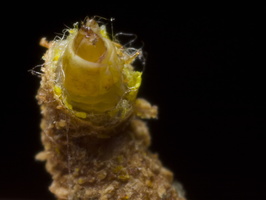 Coleophoridae · makštikandės
Coleophoridae · makštikandės
-
 Cossidae · medgręžiai
Cossidae · medgręžiai
-
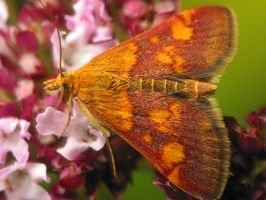 Crambidae · žoliniai ugniukai
Crambidae · žoliniai ugniukai
-
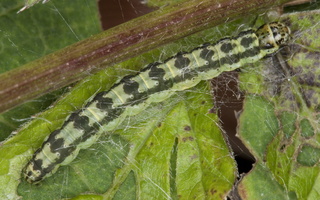 Depressariidae · depresarijos
Depressariidae · depresarijos
-
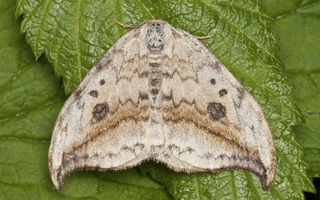 Drepanidae · lenktasparniai
Drepanidae · lenktasparniai
-
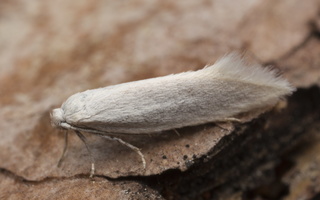 Elachistidae · mažieji žolinukai
Elachistidae · mažieji žolinukai
-
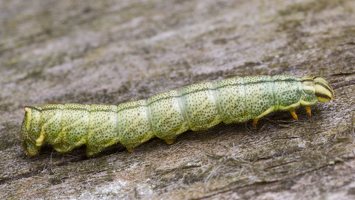 Endromidae · keršasparniai verpikai
Endromidae · keršasparniai verpikai
-
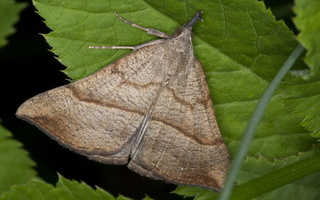 Erebidae
Erebidae
-
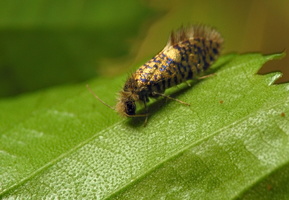 Eriocraniidae · eriokranijos
Eriocraniidae · eriokranijos
-
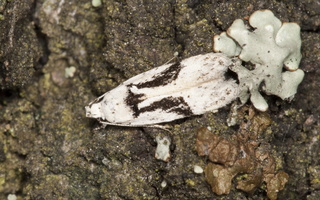 Gelechiidae · pjautasparnės čiuopiklinės kandys
Gelechiidae · pjautasparnės čiuopiklinės kandys
-
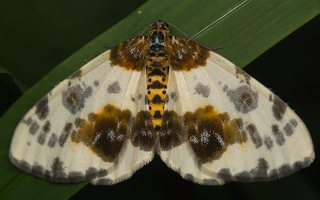 Geometridae · sprindžiai
Geometridae · sprindžiai
-
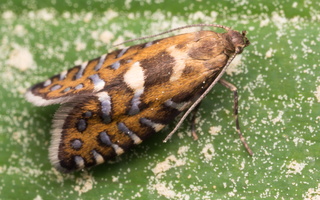 Glyphipterigidae · sidabrataškės kandys
Glyphipterigidae · sidabrataškės kandys
-
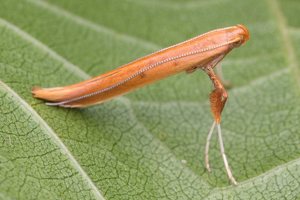 Gracillariidae · keršosios kandelės
Gracillariidae · keršosios kandelės
-
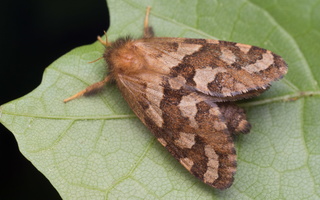 Hepialidae · šakniagraužiai
Hepialidae · šakniagraužiai
-
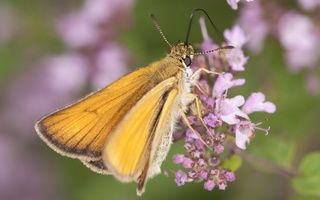 Hesperiidae · storgalviukai
Hesperiidae · storgalviukai
-
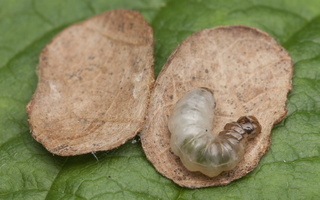 Incurvariidae · tikrosios maišiakandės
Incurvariidae · tikrosios maišiakandės
-
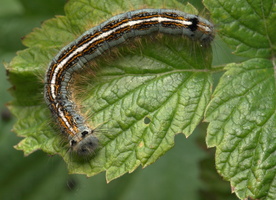 Lasiocampidae · verpikai
Lasiocampidae · verpikai
-
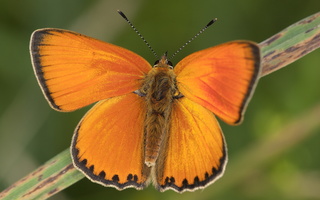 Lycaenidae · melsviai
Lycaenidae · melsviai
-
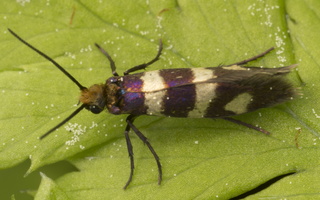 Micropterigidae · dantytosios kandys
Micropterigidae · dantytosios kandys
-
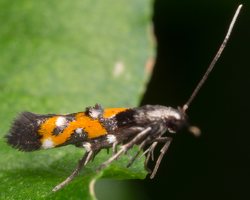 Momphidae · tamsiosios čiuopiklinės kandys
Momphidae · tamsiosios čiuopiklinės kandys
-
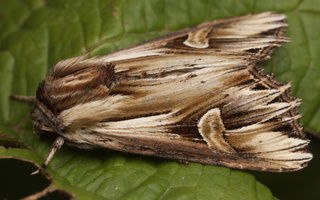 Noctuidae · pelėdgalviai
Noctuidae · pelėdgalviai
-
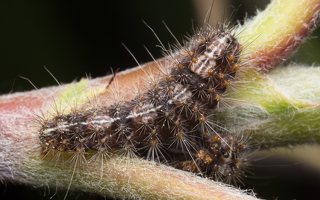 Nolidae · nolijos
Nolidae · nolijos
-
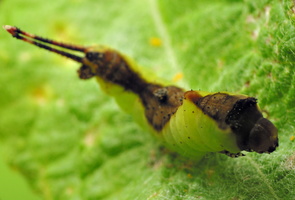 Notodontidae · kuoduočiai
Notodontidae · kuoduočiai
-
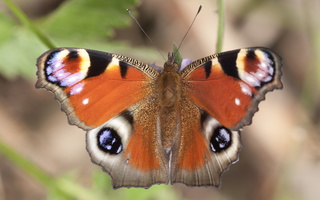 Nymphalidae · pleštekės
Nymphalidae · pleštekės
-
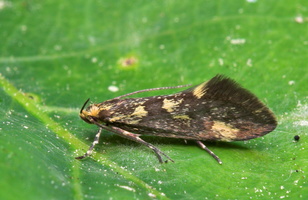 Oecophoridae · plačiasparnės čiuopiklinės kandys
Oecophoridae · plačiasparnės čiuopiklinės kandys
-
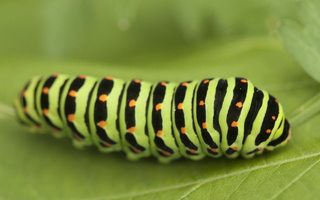 Papilionidae · sklandūnai
Papilionidae · sklandūnai
-
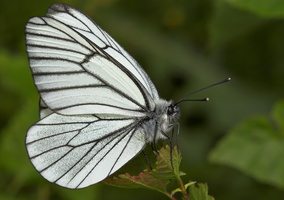 Pieridae · baltukai
Pieridae · baltukai
-
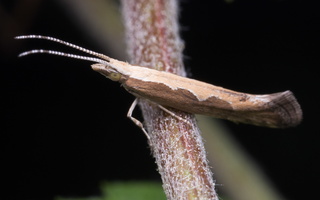 Plutellidae · dalgiasparnės kandys
Plutellidae · dalgiasparnės kandys
-
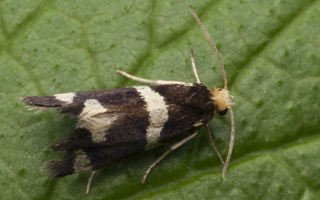 Prodoxidae · serbentinės makštinės kandys
Prodoxidae · serbentinės makštinės kandys
-
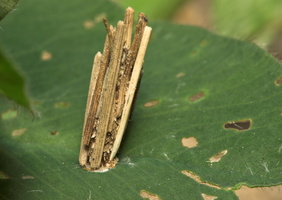 Psychidae · maišuočiai
Psychidae · maišuočiai
-
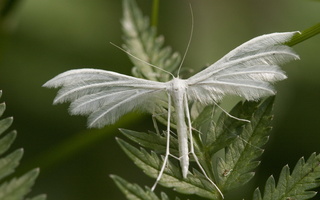 Pterophoridae · pirštasparniai
Pterophoridae · pirštasparniai
-
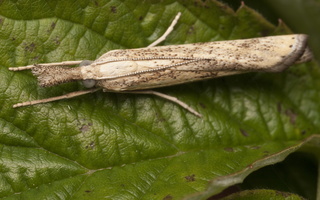 Pyralidae · ugniukai
Pyralidae · ugniukai
-
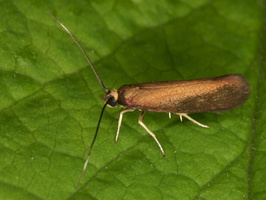 Roeslerstammiidae · reslerstamijos
Roeslerstammiidae · reslerstamijos
-
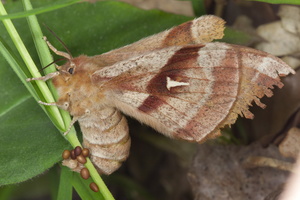 Saturniidae · saturnijos
Saturniidae · saturnijos
-
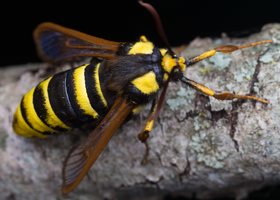 Sesiidae · stiklasparniai
Sesiidae · stiklasparniai
-
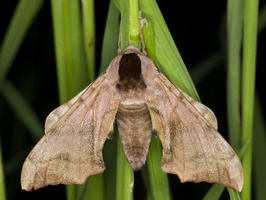 Sphingidae · sfinksai
Sphingidae · sfinksai
-
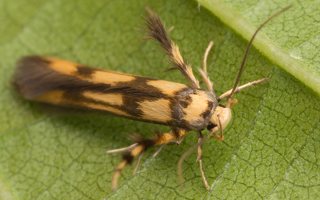 Stathmopodidae · margosios čiuopiklinės kandys
Stathmopodidae · margosios čiuopiklinės kandys
-
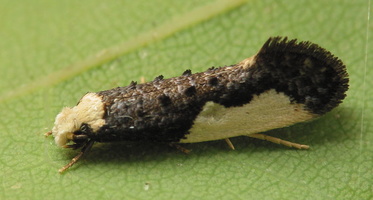 Tineidae · tikrosios kandys
Tineidae · tikrosios kandys
-
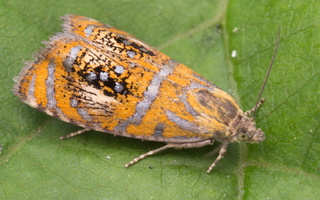 Tortricidae · lapsukiai
Tortricidae · lapsukiai
-
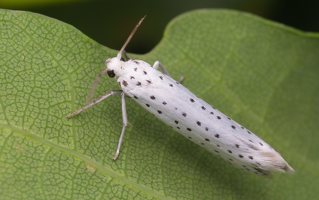 Yponomeutidae · taškuotosios kandys
Yponomeutidae · taškuotosios kandys
-
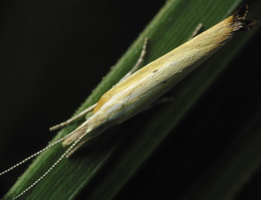 Ypsolophidae · šydinės kandys
Ypsolophidae · šydinės kandys
-
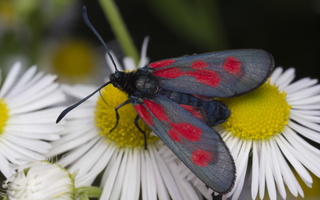 Zygaenidae · marguoliai
Zygaenidae · marguoliai
-
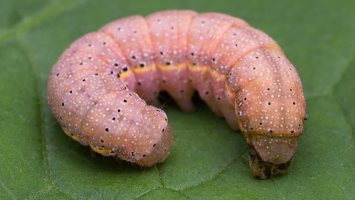 ~ Lepidoptera caterpillars · drugių vikšrai
~ Lepidoptera caterpillars · drugių vikšrai
-
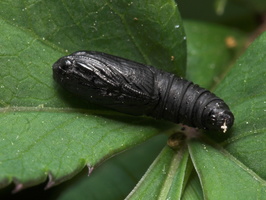 ~ other Lepidoptera
~ other Lepidoptera
- lepidopterans
- Schmetterlinge
- drugiai
- zvīņspārņi
- motyle, łuskoskrzydłe
Links:
- HOSTS - a Database of the World's Lepidopteran Hostplants
- Butterfly wing diagram
- Moths and Butterflies of Europe and North Africa
- UK Moths
- Lepidoptera Mundi
- pyrgus.de - deals with the ecology of European lepidoptera
- lepidoptera.eu - Lepidoptera Mundi
- www.lepiforum.de
- Lithuanian macro gallery - Lepidoptera
- macrogamta.lt - Lepidoptera